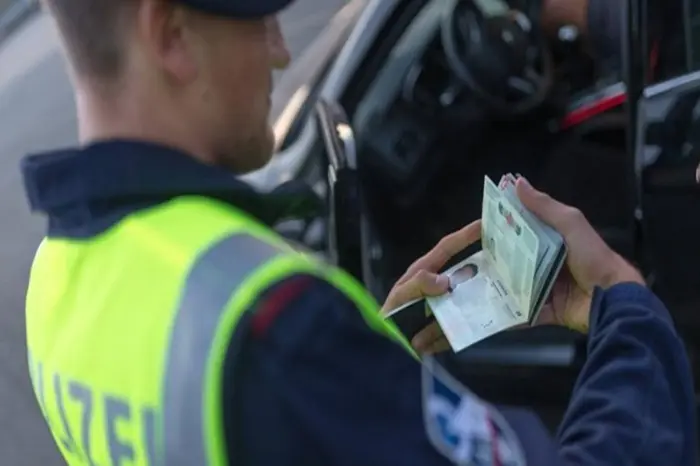Germany has become the latest Schengen country to reintroduce border checks, signaling a gradual departure from the passport-free travel that once symbolized European unity. This move reflects a broader shift across the continent, where more countries within the Schengen Area are reinstating controls at their borders.
The Schengen Agreement, signed in 1985 in the picturesque village of Schengen, Luxembourg, aimed to eliminate border controls between the Benelux countries, France, and Germany, eventually growing to encompass the majority of the European Union’s 27 countries and some neighboring states. The agreement allowed over 450 million citizens to travel freely across much of Europe without passports, standing as a testament to European federalism and cooperation.
Schengen village, a once symbolic location, continues to attract a small but steady stream of tourists, eager to experience the birthplace of free European travel. However, visitors are often met with disappointment. The museum commemorating the Schengen Agreement is currently undergoing renovations, and the tiny village, home to just a few hundred residents, has become a hub for low-tax fuel stops, featuring an unusual concentration of petrol stations.
But the most significant letdown for many is the waning of the freedom of movement that Schengen represented. As more EU countries reintroduce border checks, the seamless travel that Schengen promised is slowly being eroded, driven by a resurgence of nationalism and security concerns across the bloc. This marks a disheartening shift for Europe, where open borders were once a proud symbol of unity.
Related topics:
10 Best Foods for Lunch in the United States
What Is the Most Eaten Food in the USA

